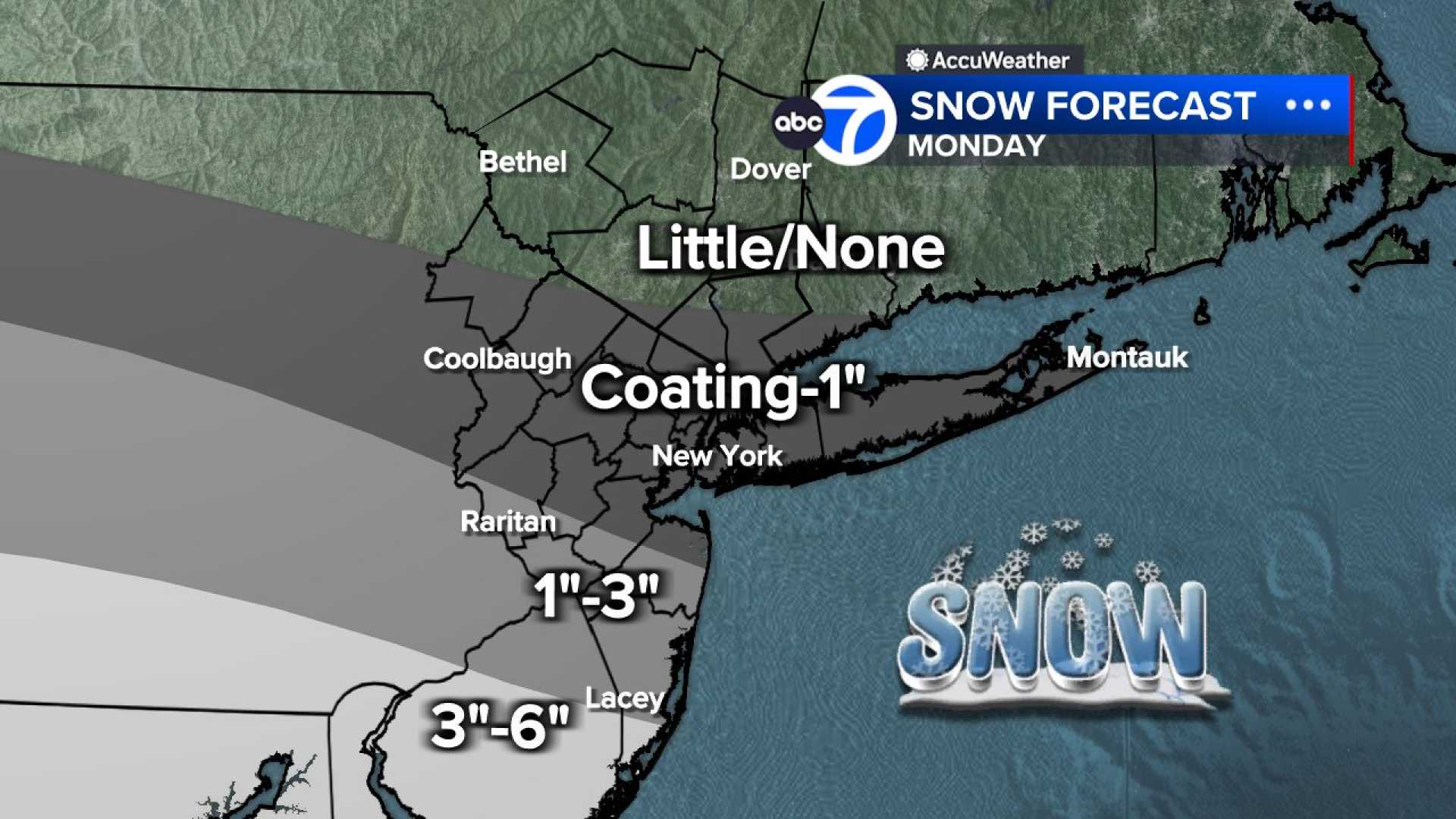News
Winter Storm Blankets New York and New Jersey with Heavy Snow

NEW YORK CITY, N.Y. — A powerful winter storm swept through the New York metropolitan area and New Jersey on Sunday, delivering significant snowfall and plunging temperatures. The storm, which began early Sunday, is expected to leave 3 to 5 inches of snow in New York City, with higher totals in northern New Jersey, the Hudson Valley, and Connecticut.
Inland areas of New Jersey, New York, and Connecticut have been under winter storm warnings since 1 p.m. Sunday, with advisories extending until 4 a.m. Monday. New Jersey Gov. Phil Murphy declared a state of emergency on Saturday, urging residents to stay off the roads unless absolutely necessary. “As always, I urge all New Jerseyans to use caution, follow all safety protocols, and remain off the roads unless absolutely necessary,” Murphy said in a statement.
The National Weather Service reported that parts of northern New Jersey, the upper Hudson Valley, and Connecticut could see 5 to 8 inches of snow, with higher elevations potentially receiving up to a foot. Coastal areas, including Long Island, are expected to receive lighter accumulations but will face icy conditions as temperatures drop below freezing.
The storm’s impact is expected to linger into the week, with temperatures plummeting into the teens and single digits. Morning wind chills on Tuesday, Wednesday, and Thursday could reach sub-zero levels, creating dangerous conditions for residents. “We’ll experience the coldest blast of air of the season, with Tuesday, Wednesday, and Thursday being the worst,” forecasters warned.
The Metropolitan Transportation Authority (MTA) has not announced any changes to its weekend and holiday service schedules but is closely monitoring conditions. Meanwhile, the Jersey Shore is expected to receive 2 to 4 inches of snow, with heavier accumulations along the Interstate 95 corridor and northwestern New Jersey.
In the wake of the storm, temperatures are forecast to drop sharply, with lows in Toms River, N.J., expected to reach 6 degrees and wind chills as low as minus 8 degrees. The cold snap increases the risk of hypothermia, frostbite, and frozen pipes, prompting officials to urge residents to take precautions.
This storm marks one of the coldest periods of the season, with the end of January historically being the chilliest time of year for the region. As the snow continues to fall, residents are bracing for a week of frigid temperatures and hazardous travel conditions.












